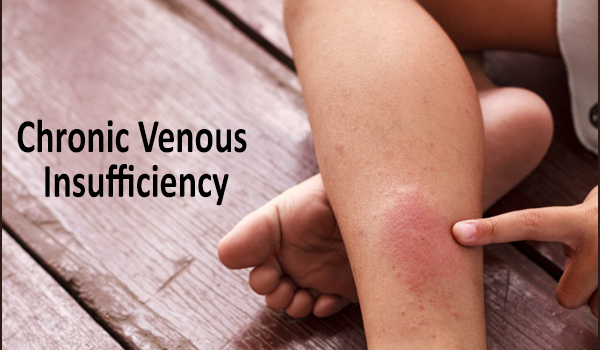Chronic venous insufficiency (CVI) is one of the most prevalent diseases across the globe. CVI is a disorder of blood vessels (veins) that worsens with time. The physicians monitor the progression of the disease in stages. Signs and symptoms of the disease may vary with different stages. Treatment of the disease may also vary depending upon the stage of the disease.
Let us understand more about the different stages of CVI.
What are the different stages of CVI & their symptoms and treatment?
There are 6 stages of CVI, and each stage is described below:
- C0 : In stage 0, there are no visible signs and prominent symptoms. Lifestyle changes will be recommended by your physician that may delay the progression of the disease.
Lifestyle changes like exercise, a healthy diet, and weight loss will be recommended.
- C1 : In C1 stage, symptoms begin to appear. You will be able to see small blood vessels expand, and they appear as blue or purple under your skin. These are called reticular veins. If the veins appear red, they are called telangiectasis. These veins are smaller as compared to reticular veins.
In C1 stage, your veins will be visible but will not bulge.
The doctor recommends lifestyle changes at this stage. Also, you may be advised to wear compression stockings on your legs. The motto is to slow down the progression of CVI. In rare cases we recommend transdermal laser (CLACS) and Foam Sclerotherapy.
- C2 : In C3 stage, varicose veins begin to appear. Varicose veins are large bulges that you will be able to see and feel under your skin. Stage C2 has a substage that is referred to as C2r. Stage C2r is for varicose veins that continue to come back, despite treatment.
Treatment for C2 stage involves compression stockings and plenty of exercises. Medical procedures to correct varicose veins can also be opted. Physicians may also recommend sclerotherapy (a chemical is injected into the veins, which causes veins to scar down) or Endovenous Laser Treatment or Glue Ablation (Venaseal).
- C3 : C3 stage causes swelling and edema in the legs. Edema is caused by the accumulation of fluids in the tissues. Skin quality will not change in this stage.
Treatment involves compression garments and treatment of varicose veins with Laser or Glue Ablation.
- C4 : Skin changes along with edema occur in C4 stage. C4 stage is further subdivided into 3 stages:
- C4a: C4a, you will notice the change on the skin surface. The skin may turn red and itchy. There is a possibility you may see brown or grey markings on your skin.
- C4b: C4b involves further degradation of your skin that can be painful. Skin texture can change, and it may harden or thicken. Scars may appear on the lower legs.
- C4c: C4c is also called Corona phlebectatica, and you will notice visible veins and blood vessels around the ankle.
Treatment for C4 stage involves skincare treatment, followed with treatment for varicose veins and other symptoms.
- C5 : IN C5, you will notice leg ulcers which have healed up on the skin.
Treatment during this stage mainly focuses on reducing varicose veins by compression and laser therapy which may further prevent new ulcers.
- C6: In C6, ulcers on the leg will require wound care, which will help ulcers to heal. Wound care involves the application of medical creams and dressing with specialized bandages. If the ulcers do not heal, they may lead to serious complications.

